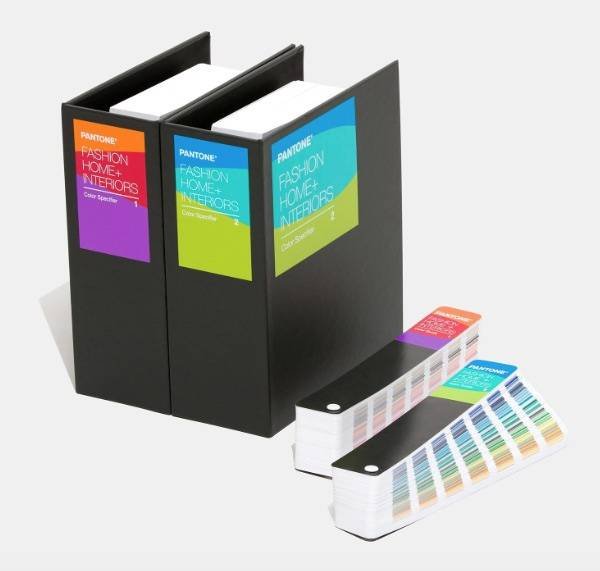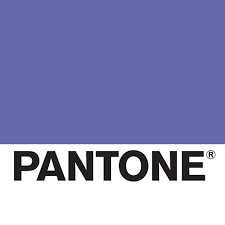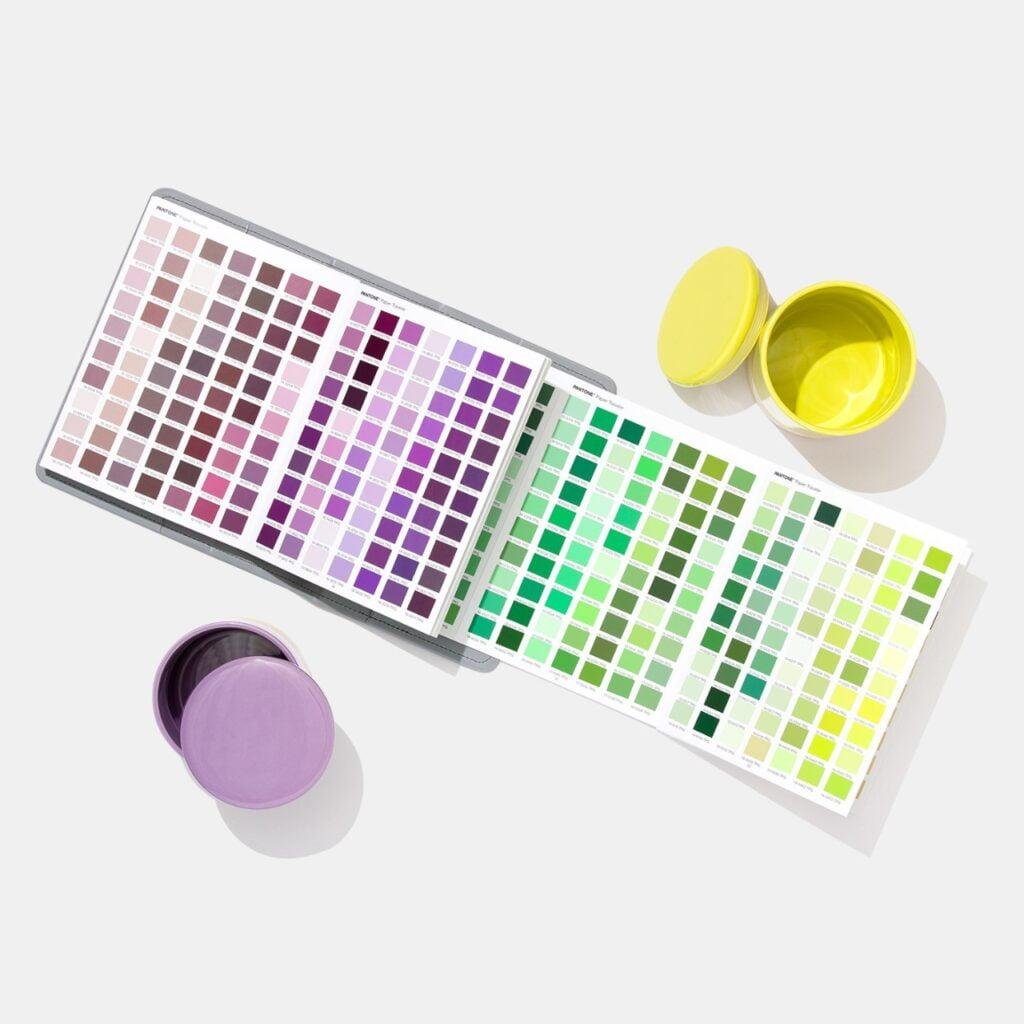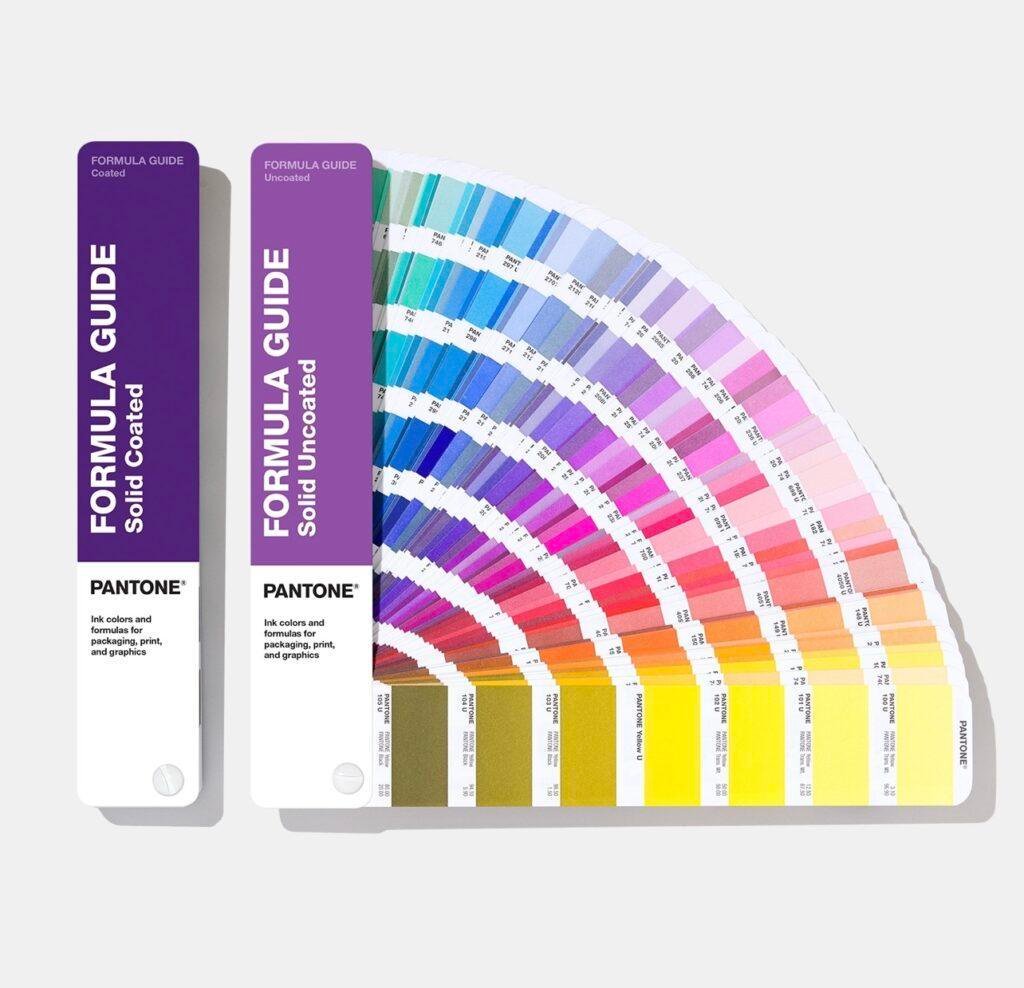- Garments Cutting Machine
- Plotting Inkjet Machine
- Plotting Cutting Machine
- Straight Knife Cloth Cutting
- Round Cloth Cutting Machine
- Band Knife Cutting Machine
- End Cutter Machine
- Tape Cutter Velcro Cutter
- Fabric Drill Machine
- Fabric Cutting Machine
- Cordless Cutter Machine
- Laser Cutting Machine
- Numbering Machine
- Cutting Machine Accessories
- Industrial Sewing Machine
- Lockstitch Sewing Machine
- Chain Stitch Sewing Machine
- Hand Stitch Sewing Machine
- Blind Stitch Sewing Machine
- Hemstitch Picoting Sewing Machine
- Overlock Sewing Machine
- Interlock Sewing Machine
- Multi-needle Sewing Machine
- Button Attaching Sewing Machine
- Bar Tacking Sewing Machine
- Button Holder Sewing Machine
- Zigzag Sewing Machine
- Heavy-duty Sewing Machine
- Garments Finishing Equipment
- Steam Iron
- Portable Steam Generator Boiler
- Vacuum Ironing Table
- Iron Table foam
- Compact Fusing Press Machine
- Straight Linear Fusing Press Machine
- Heat Press Machine
- Thread Thrum Sucking Machine
- Needle Detector Machine
- Plastic Staple Attacher Machine
- Button Attaching Machine
- Fabric Inspection Machine
- Parts & Accessories
Why pantone is importent to textile

Pantone guide plays an important role in the textile industry in fabric dyeing and printing and also for shade matching. There are mainly two types of Pantone Guides- TCX & TPG Both are designed from the Pantone Textile Color System. These are colorful pure “Cotton Swatch” in each individual color.
What is the Pantone used for fashion?
IF YOU WORK IN FASHION, TEXTILES AND SOFT GOODS, YOU’RE IN THE RIGHT PLACE!
PANTONE IS A GLOBAL LEADER IN COLOR STANDARDS FOR THE FASHION INDUSTRY
Fashion, Home + Interiors (FHI) color system centers on the Pantone Swatch Card. In fact, swatch cards are the standard referenced by every other FHI product. Made on double-layered fabric to the most exacting color specifications in the industry, the Pantone Swatch Card has been formulated for color fastness and color constancy. All FHI Swatch Cards are supported by digital spectral data, so you can be confident your final product will match your vision. Swatch cards are available for all our Cotton, Nylon, and Polyester colors. Each material has unique properties, and therefore a uniquely achievable range of colors.
WHAT DO THE NUMBERS MEAN?
Pantone’s Fashion, Home + Interiors’ numbering system enables precise accuracy on a global scale. Each color has a unique location in the System’s color space, which allows the space to be precisely defined. A six-digit number assigned to each color defines that location:

Each pair of digits has a specific meaning:
- The first pair (16) refers to the lightness or darkness of the color.
- The second pair (15) specifies the hue – yellow, red, blue, green.
- The third pair of numbers (46) describes the chroma level of the color.
Using the six-digit PANTONE Fashion, Home + Interiors Color Number, any color can be selected and communicated anywhere in the world.
HOW ARE PANTONE TEXTILES PRODUCED?
Each of the colors contained in the FHI system uses dyestuffs that are globally available, approved, and optimized for color constancy and colorfastness. Our FHI textile system endures a five-step quality process to ensure the accuracy of the color at every stage of production and packing.
HOW ARE PANTONE TEXTILES MEASURED?
Cotton (exception of 11-0601 TCX and 11-4001TCX, which contain optical brighteners):
- Instrument Settings
- Instrument: X-Rite i7860 Spectrophotometer
- R/T Mode: Reflectance
- Specular: Included
- UV Filter Position: UV Excluded (Exception: 11-0601 TCX and 11-4001 TCX are UV Calibrated)
- Aperture: LAV
- Number of Measurements: 2 averaged. (One on grain/ One cross-grain)
- Primary Light Source: D-65
- Secondary Light Source: F02-10 (CWF)
- Rapid condition for 15 minutes prior to measurement – Measurement taken within 10 seconds after removal from chamber.
- Conditioning Chamber Settings
- Temperature: 21C
- Humidity: 50%
- Light source: D-65
- Visual Assessment for Color and Fabric Quality
- Pantone Light Booth
- X-Rite Spectralight
Nylon & Polyester:
- Instrument Settings
- Instrument: X-Rite i7860 Spectrophotometer
- R/T Mode: Reflectance
- Specular: Included
- UV Filter Position: UV calibrated
- Aperture: LAV
- Number of Measurements: 2 averaged. (One on grain/ One cross-grain)
- Primary Light Source: D-65
- Secondary Light Source: F02-10 (CWF)
- Rapid condition for 15 minutes prior to measurement – Measurement taken within 10 seconds after removal from chamber.
- Conditioning Chamber Settings
- Temperature: 21C
- Humidity: 50%
- Light source: D-65
- Visual Assessment for Color and Fabric Quality
- Review your swatch at a 10° angle
- Make sure your light booth has the proper Munsell N5 or N7 interior color coating
- Never evaluate color with other visual influences in your light booth aside from what you are reviewing





